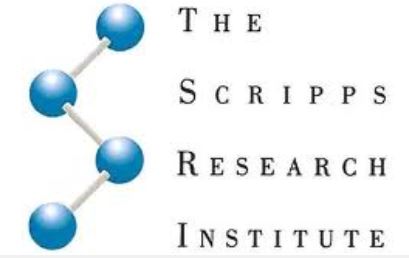Antibiotic resistance hit the headlines again last week as US President Obama announced the formation of a task force to develop a national anti-resistance strategy.
Antibiotic resistance is linked to around 2 million illnesses and 23,000 deaths each year in the US alone. In some cases, resistance is so complete that antibiotics are rendered essentially powerless.
I won’t go over the well-trodden ground of the reasons for this resistance – overuse and misuse of existing products (in humans and food animals) coupled with a lack of new antibiotics.
Researchers at The Scripps Research Institute may have found the next best thing to a new antibiotic – a way of modifying an existing one to overcome resistance. They successfully synthesized a new version of vancomycin that is effective against resistant and non-resistant bacteria alike.
Resistance to conventional vancomycin takes a single amino-acid substitution in the building blocks that form the bacterial cell wall. Slightly altering the way vancomycin binds to the cell wall gave some improvement of control of resistant strains, but not enough to totally overcome resistance.
The researchers experimented by adding chlorobiphenyl to the antibiotic as this had already been shown to improve the effectiveness of vancomycin again resistant strains. The two tweaks produced what the researchers described as “an incredibly potent molecule” and because the new drug has two independent mechanisms of action, it will take longer for bacteria to acquire resistance.
The researchers are now working towards optimizing the synthesis process so that it can be tested in animals.
Novel solutions like this are extremely encouraging but we are not going to see an end to antibiotic resistance without a mayor change in prescribing behaviour. According to the US Center for Disease Control, as much as 50% of all antibiotics prescribed for US patients are either unnecessary or not optimally prescribed.
Unless this dramatically changes we may win the battle but can’t hope to win the war.









